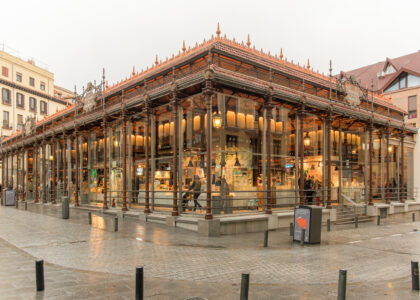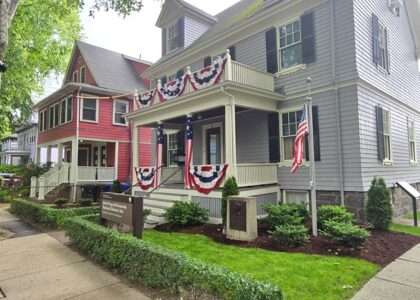Welcome to the Rhode Island State House, a grand symbol of government and history perched atop Smith Hill in Providence. This majestic building, with its awe-inspiring marble dome, has been a beacon of Rhode Island’s democratic spirit since its completion in 1904. But let’s rewind to the very beginning.
The story of the State House begins in 1895, when Rhode Island’s government sought a new home that would reflect its burgeoning identity and civic pride. Designed by the renowned architectural firm of McKim, Mead & White, the building is an exemplar of the neoclassical style, inspired by the classical ideals of ancient Greece and Rome. Its construction was a statement of Rhode Island’s aspirations, blending grandeur with functionality to serve both as a working government office and a monument to the state’s past and future.
Inside the State House, history whispers from every corner. The grand rotunda, crowned by one of the world’s largest self-supporting marble domes, is a marvel of engineering and artistry. Beneath the dome stands the iconic statue of ‘The Independent Man,’ symbolizing the independent spirit that has defined Rhode Island since its founding. This spirit was enshrined in the state’s motto, ‘Hope,’ which is prominently displayed throughout the building.
One of the pivotal moments in this building’s history was the ratification of the 19th Amendment in 1920, granting women the right to vote—a testament to Rhode Island’s commitment to progressive ideals. Over the years, the State House has hosted numerous significant events, including gubernatorial inaugurations and legislative sessions that have shaped the state’s trajectory.
Among the notable figures associated with the State House, former Governor Theodore Francis Green stands out. Green, who served from 1933 to 1937, later became a U.S. Senator and was instrumental in the New Deal legislation during the Great Depression. His legacy of leadership and reform is part of the State House’s rich tapestry of history.
As you walk through its halls today, the Rhode Island State House remains a living museum, where history is not only preserved but actively written. It continues to be the epicenter of Rhode Island’s legislative process, a place where decisions impacting the lives of its citizens are made daily.
Before you leave, take a moment to appreciate the intricate murals and the impressive collection of historical documents and artifacts on display. These elements not only celebrate Rhode Island’s rich past but also inspire future generations to carry forward the ideals of freedom, justice, and hope.
As we conclude our journey here, remember that the Rhode Island State House is more than just a building; it is a testament to the enduring spirit and democratic ideals that have defined this state for centuries.






